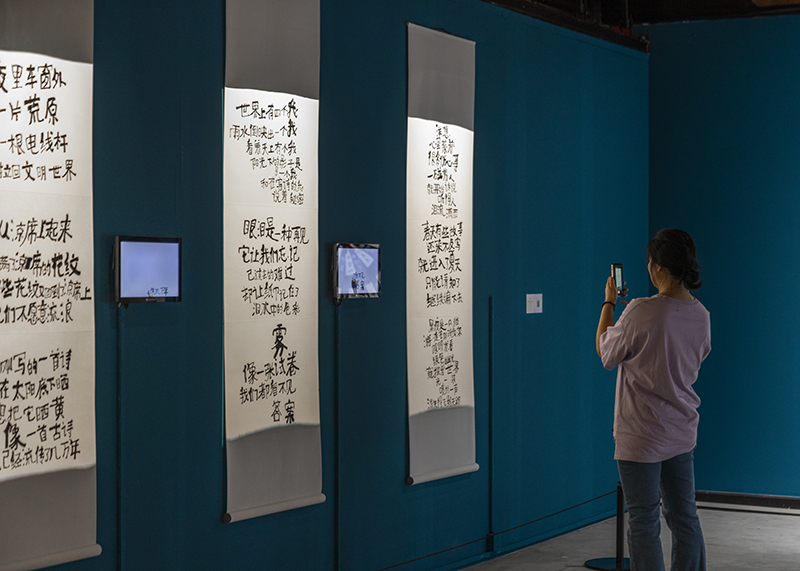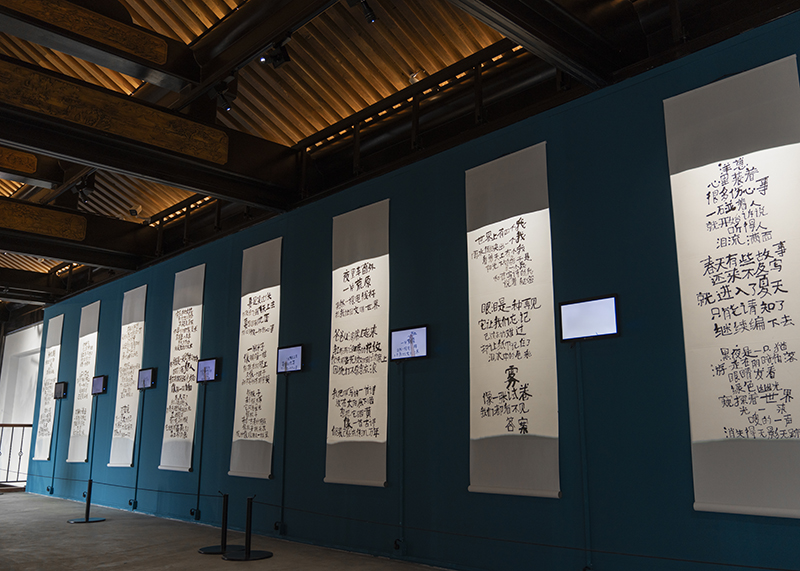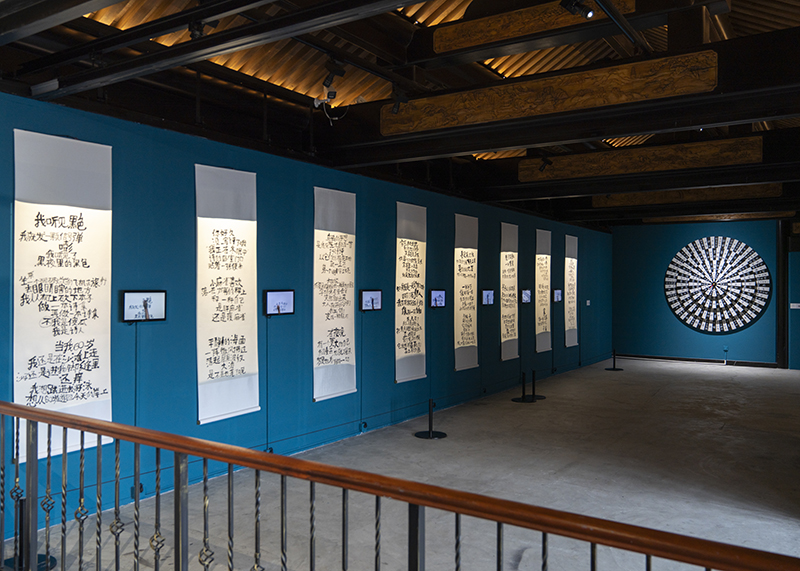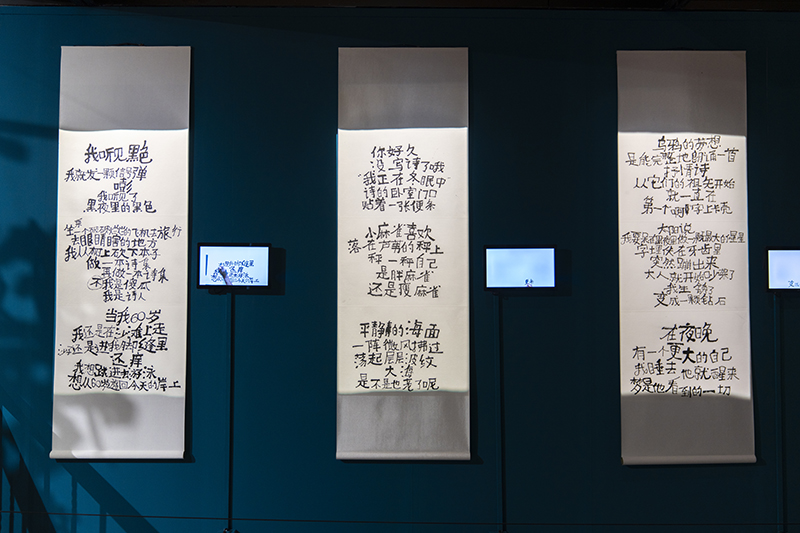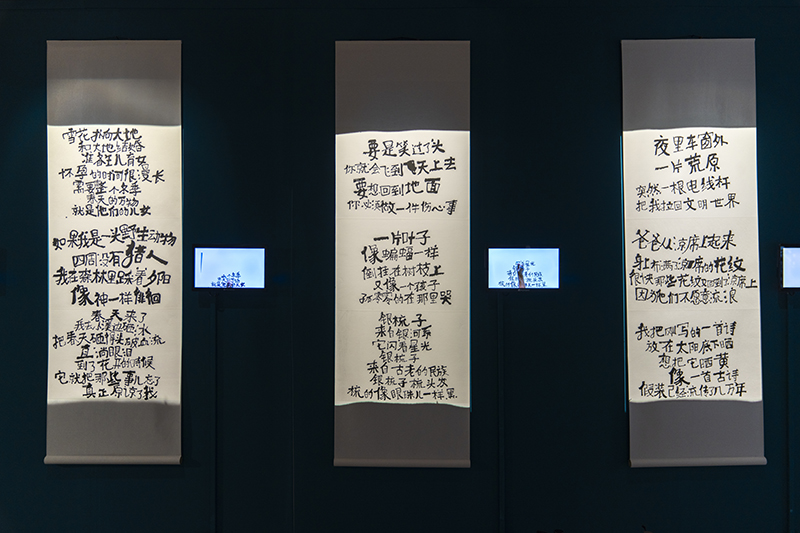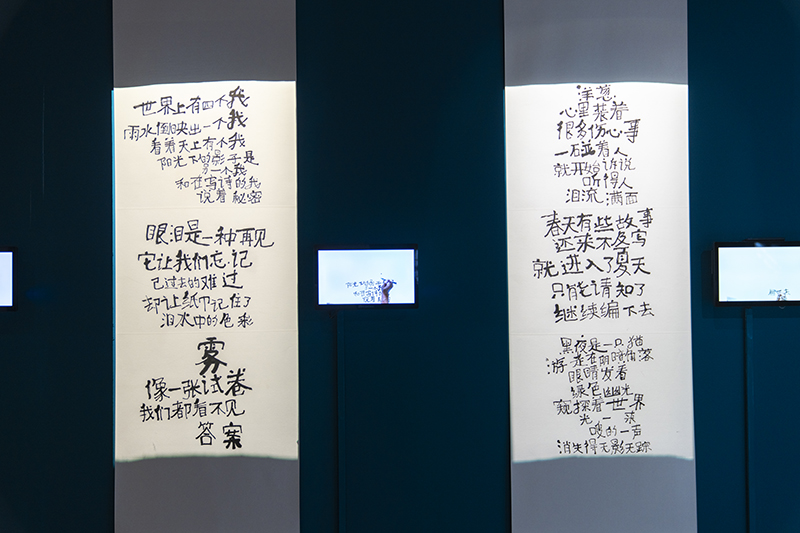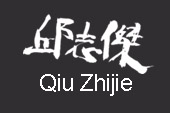 |
|
Reversed Calligraphy of Children's Poetry In the video, a hand is seen holding a brush, writing calligraphy. As the brush moves, the ink on the paper is gradually being wiped away. The calligraphy on paper, the video, and your observation together form the artwork "Reverse Calligraphy of Children's Poems." In this piece, 24 children's poems are presented in reverse calligraphy, a technique where the writing starts with the final stroke of the last character. Mastery of the stroke order and structure of the characters is essential for the creator to achieve a smooth, fluid process during writing. The artist, Qiu Zhijie, has been practicing reverse calligraphy for 25 years.The accompanying video, by reversing the footage of the calligraphy writing, shows the artist gradually erasing the characters from the first stroke of the first character. This allows the viewer to visually experience the process of the work transitioning from something to nothing, while also demonstrating the artist's deep familiarity with the stroke order and structure of the characters. These poems, written by children, include some from autistic children and others from 3-year-olds. Though playful, they carry profound meanings. Qiu Zhijie believes that the two greatest forms of human art are German classical music and Chinese calligraphy. What they share in common is their ability to express emotions with such fine detail. Chinese characters are structurally pictographic and ideographic. This structure allows for characters to be split apart and combined. The combinatorial and expandable nature of this structure gives Chinese characters a vast range of variation. This is the foundation of Chinese calligraphy as an art form and the reason why the Chinese language continues to evolve. Most Chinese characters are compound characters, such as " 明 " (bright), a combination of " 日 " (sun) and " 月 " (moon). " 休 " (rest) is formed from " 人 " (person) and " 木 " (tree), representing a person resting under a tree. " 信 " (trust) combines " 人 " (person) and " 言 " (speech), symbolizing a trustworthy person who delivers messages without alteration. Characters like " 孬 " (bad) and " 歪 " (crooked) are direct and straightforward: "not good" ( 不好 ) is bad, and "not straight" ( 不正 ) is crooked. Compound characters can be found in seal carving, coin inscriptions, and Taoist talismans. Qiu Zhijie explains that creating ligatures is not simply merging several characters into one large character. It often involves cleverly using the same part of different characters, disassembling and reorganizing character shapes, and sometimes considering both traditional and simplified forms, as well as different calligraphic styles such as seal script, clerical script, regular script, running script, and cursive script. A calligrapher's style, along with their preference for thick or thin brush strokes, can influence the design of the ligatures.
|
